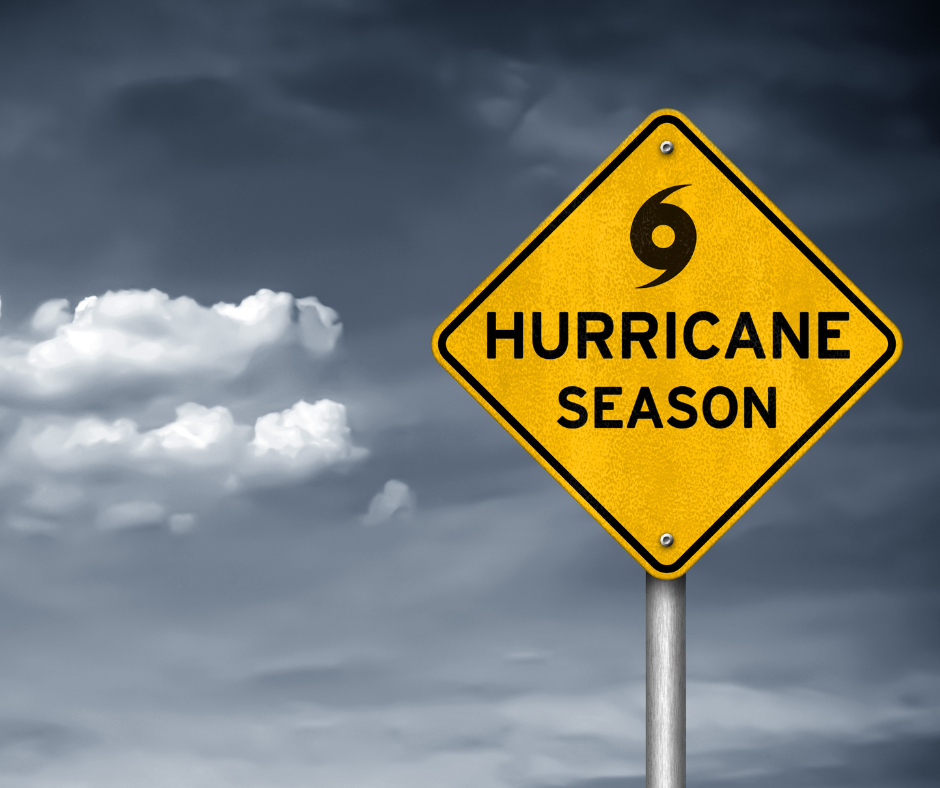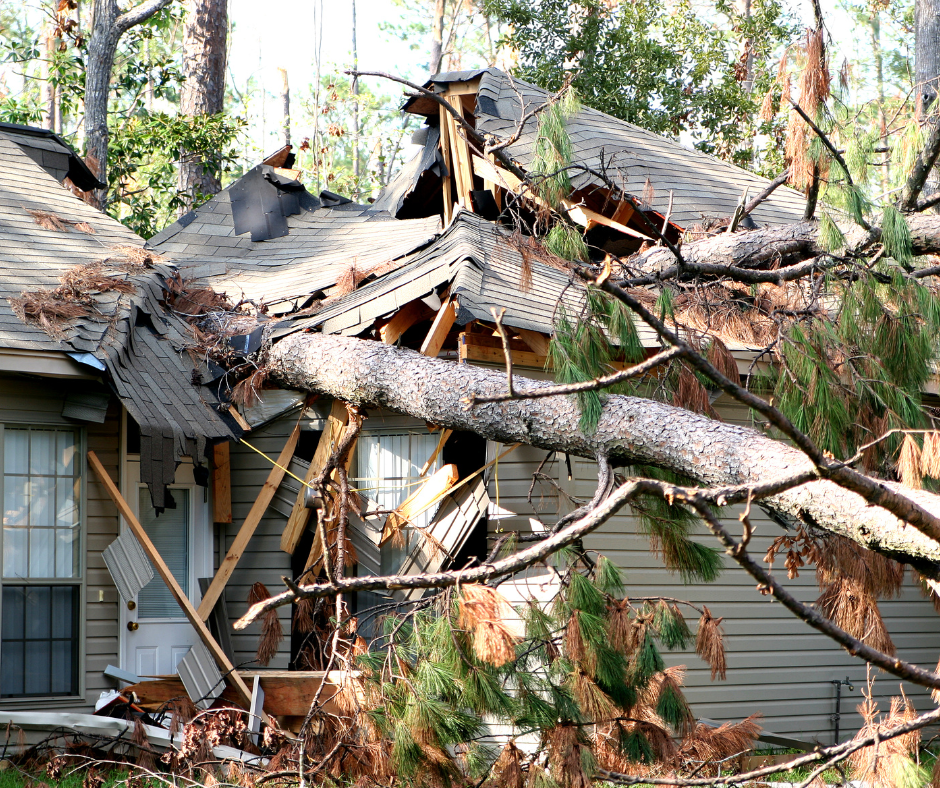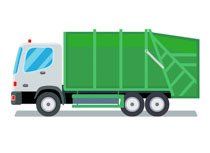By Berks Transfer
•
July 2, 2025
Since 2002, Berks Transfer has been hauling and disposing trash across Eastern Pennsylvania. We are required to know everything about all different types of trash/waste, including municipal solid waste, construction or demolition debris, solid residual waste, and radioactive waste (also known as nuclear waste). Did you know radioactive waste accounts for only 5% of the total hazardous waste in the United States? Radioactive Waste is material that is radioactive or contaminated with radionuclides. According to the U.S. Environmental Protection Agency (EPA) , radioactive waste is generated by the production or use of radioactive materials, which are found in paper, rags, plastic bags, or protective clothing that have come into contact with radioactive materials such as Uranium and Thorium. Mining, nuclear power generation, government, medicine, and certain types of scientific research are just a few of the sectors that utilize this type of waste. What is Radioactive Waste? There are five general categories of radioactive waste. Those include: High-level waste, Transuranic waste, Uranium mill tailings, Thorium mill tailings, and Low-level waste. High-level waste is nuclear, Transuranic is atomic number 92 (also known as uranium or higher), includes Uranium and Thorium levels that remain after mining or milling of uranium or thorium ore, and Low-level waste is lower than high-level, transuranic, and uranium and thorium waste. How is it stored? The U.S. NRC states that all U.S. nuclear power plants store their spent nuclear fuel in “spent fuel pools”. These are made of reinforced concrete that is several feet thick, with steel liners. If these containers reach capacity, the older spent fuel will be moved into “dry cask” storage. Dry cask storages are made of stainless steel canisters surrounded by concrete. At power plants, the spent fuel storage is only temporary on the sites. The spent fuel is eventually disposed of, or it can be recycled and reused. There is still a significant portion of energy in the spent fuel that was unused. Power plants can reprocess the spent fuel and extract valuable materials like uranium and plutonium for new fuel. What Can the Public Do? There are only two things that you can do: Be aware and stay away. EPA states that if you are near a facility that manages radioactive waste, you must follow safety instructions, which are to keep a distance from it; be aware of it; and do not ever touch, inhale, or ingest it. Radioactive waste (or nuclear waste) is very hazardous and needs to be taken very seriously. By following the safety instructions(e.g., being aware), you take away the risk of either harming yourself or others. Berks Transfer & Non-Hazardous Waste Here at Berks Transfer, we do not take any type of hazardous waste. We do, however, take non-hazardous waste such as construction debris, cabinets, toys, clothes, etc. If you are looking for help with home renovations, office cleanouts, construction or demolition projects, or storm and fire damage cleanup, we have different-sized dumpsters that can help with your needs. If dumpsters aren’t the best option for you, then try our do-it-yourself service. We offer quick, efficient, and professional service that helps get back your valuable space. Just bring your unwanted items to our facility, and we will handle the rest. At Berks Transfer, while we do not take any type of hazardous waste, we do make disposing of non-hazardous waste efficient and safe.

















